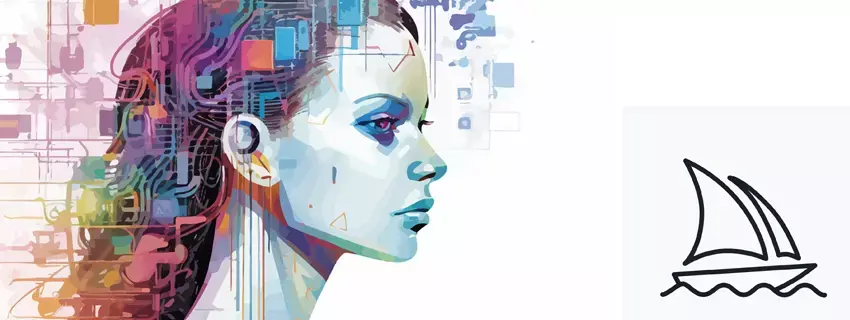Imagick::getImageProperty
(PECL imagick 2, PECL imagick 3)
Imagick::getImageProperty — Returns the named image property
Description
$name): stringReturns the named image property. This method is available if Imagick has been compiled against ImageMagick version 6.3.2 or newer.
Parameters
-
name -
name of the property (for example Exif:DateTime)
Return Values
Returns a string containing the image property, false if a property with the given name does not exist.
Examples
Example #1 Using Imagick::getImageProperty():
Setting and getting image property
<?php
$image = new Imagick();
$image->newImage(300, 200, "black");
$image->setImageProperty('Exif:Make', 'Imagick');
echo $image->getImageProperty('Exif:Make');
?>







